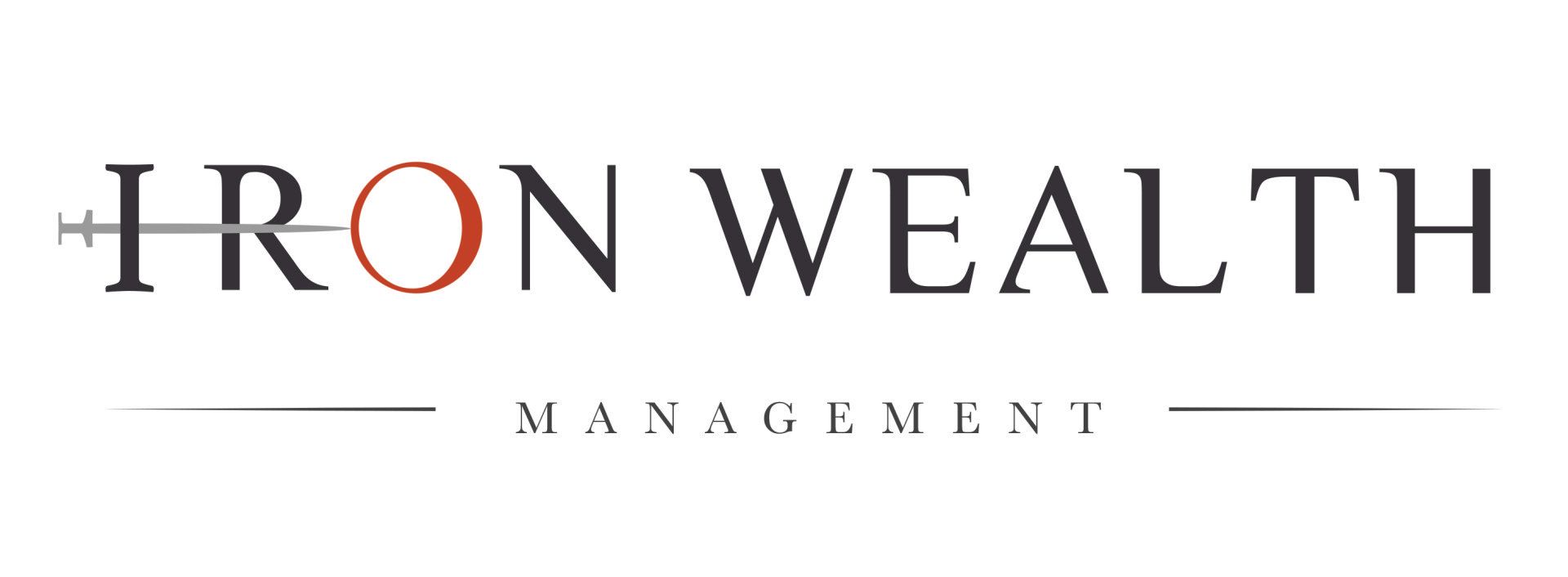The Perils of Chasing Yield
What does it all mean?
Distorted Investment Portfolio
By focusing on yield, this often creates a distorted investment portfolio. It would mean positioning your portfolio to a particular market or investment type which exposes your portfolio to higher risk without it being obvious to you. Numerous studies point to persistently lower risk-adjusted returns, i.e., leads to poorer returns relative to the amount of risk taken on.
If you are already exposed to a similar level of risk as above, and wish to retain this level of risk, then the more favourable approach would be to build a diversified portfolio, then increasing the expected returns using leverage. This improves the expected risk-adjusted returns. Most investors choose concentration in particular sectors over the use of leverage because concentration feels more conventional and less risky. Most people do not understand leverage within an investment portfolio and it is therefore considered unsuitable for most. There is an inherent bias in most investors, most feel leverage for property investments to be acceptable, so why is it not for other investments? Like fire, leverage is an extremely powerful financial tool, if managed wisely.
Income Vs Capital gains
In addition to a distorted portfolio, focusing on a higher income may also lead to higher taxation. In general, capital gain tax rates are lower than income tax rates. The difference between income tax rates and capital gain tax rates makes drawing on capital each tax year very attractive as a form of ‘income’. This creates the need to build portfolios that can provide gains to draw down on, tax-efficiently in the future. Most individuals use up all their income tax allowances, mainly from salary, self-employed earnings, dividends and interest. If capital gains and income were more balanced, an individual might be able to fully use up their capital gains allowance each tax year.
Total Return Approach
Modern financial planning should be based on a total return approach, regardless of where the returns come from i.e., yield or capital growth. By focusing on total returns, your portfolio is structured to achieve broad diversification, better liquidity and inflation proofing, without exposing you to concentrated risk around particular sectors.
For personal advice on how to set out a portfolio that would work for you, we at Iron Wealth are here to help you reach your financial goals.
Risk Warnings:
The information contained in this article is intended solely for information purposes only and does not constitute advice. The price of investments and the income derived from them can go down as well as up, and investors may not get back the amount they invested. Past performance is not necessarily a guide to future performance.
The Iron Wealth Blog











